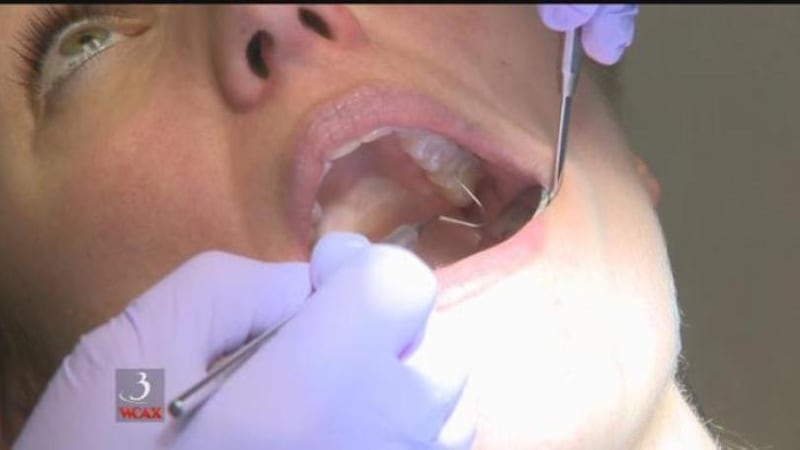Measles symptoms and prevention

A measles outbreak in the state of Washington this month left at least 21 people sick; 20 of them children. At least 18 of those infected hadn't been immunized and it isn't clear if the other three were. It's a stark reminder that despite a drastic reduction in cases in recent decades, the measles virus is not a thing of the past.
Here's a look at symptoms and prevention.
Measles symptoms typically show up roughly one to two weeks after someone contracts the virus. Those symptoms include a fever, coughing, runny nose, and red, watery eyes.
After two to three days, small, white spots may show up inside the patient's mouth. These are called Koplik spots.
Within three to five days, the patient breaks out in a rash, generally starting with flat, red spots on the face and spreading to most of the body. Raised bumps may also emerge on top of the spots. And the spots themselves may join together as the rash spreads. The onset of the rash may also coincide with a fever spiking to more than 104 degrees.
After several days, the fever goes down and the rash fades.
Measles can be dangerous, even deadly, especially for infant and young children. According to the Centers for Disease Control and Prevention, roughly 1 in 4 patients will be hospitalized. And 1 in 1,000 will develop brain swelling which can cause brain damage. And 1 to 2 measles patients in 1,000 will die-- even with top-level care.
The best prevention is vaccination. The CDC recommends children get the measles-mumps-rubella or MMR vaccine.









